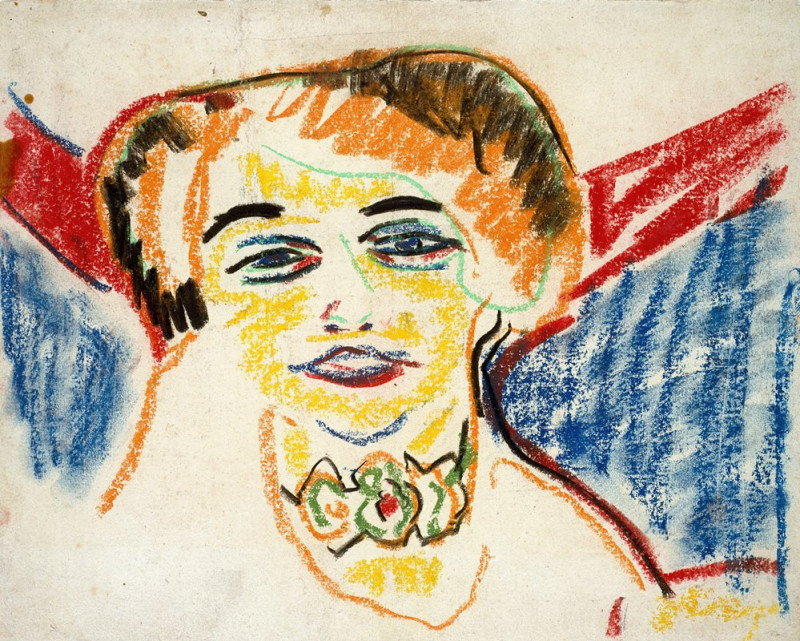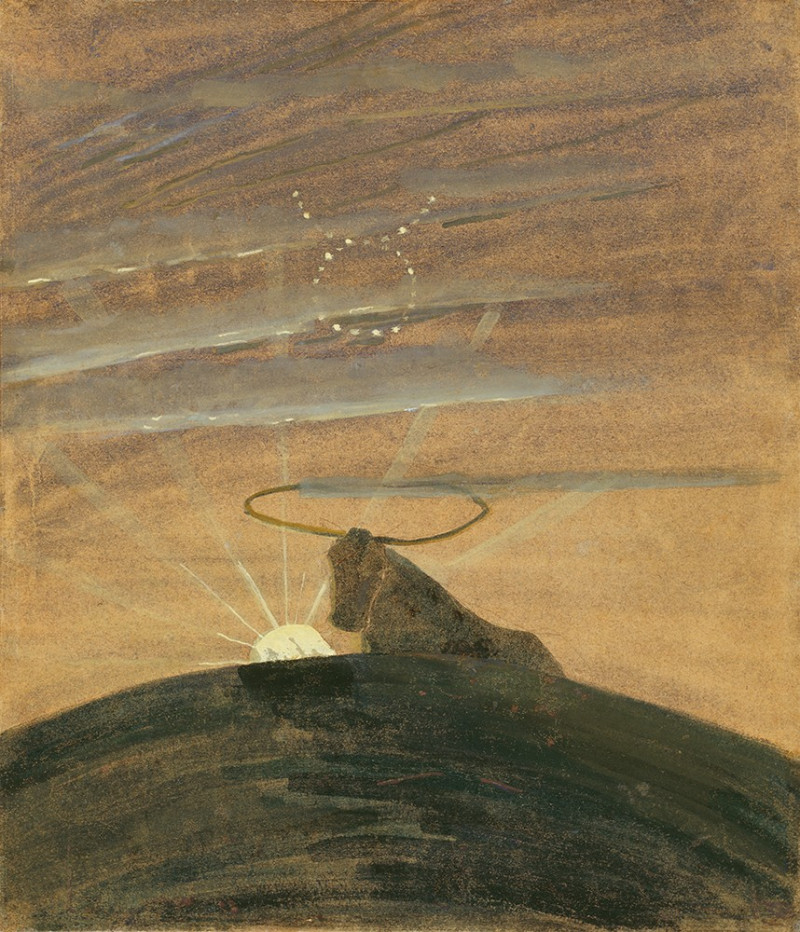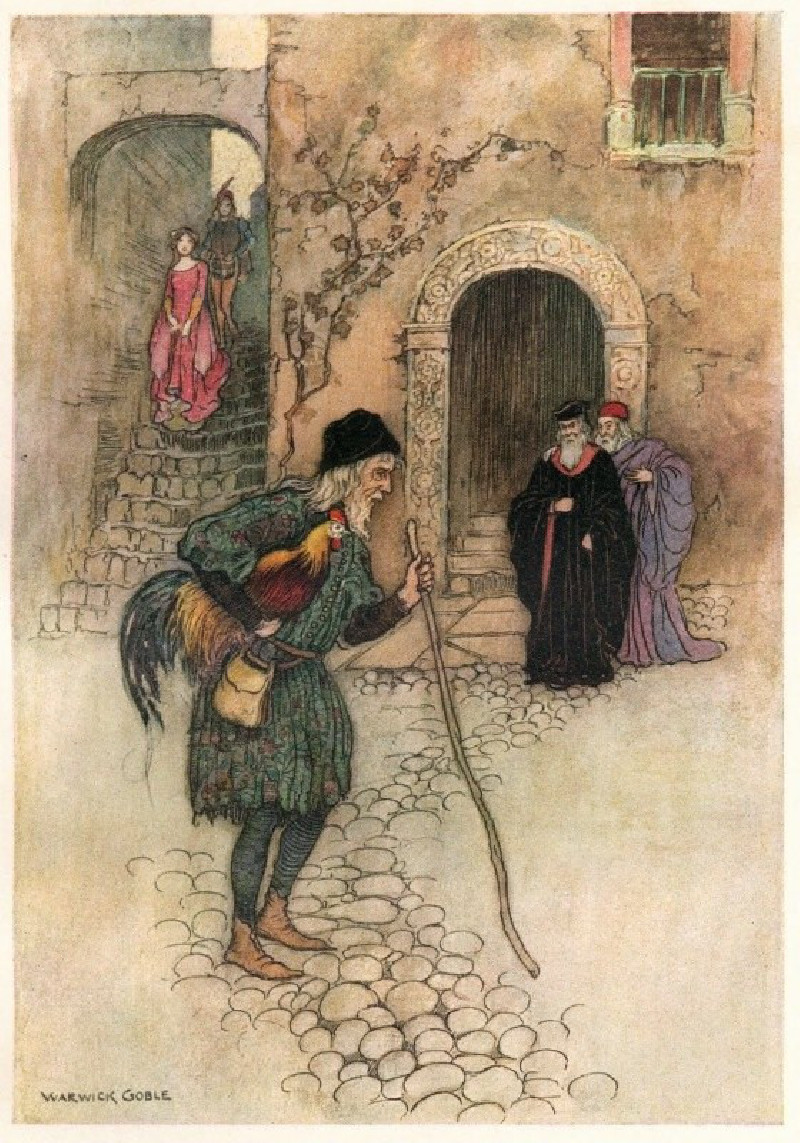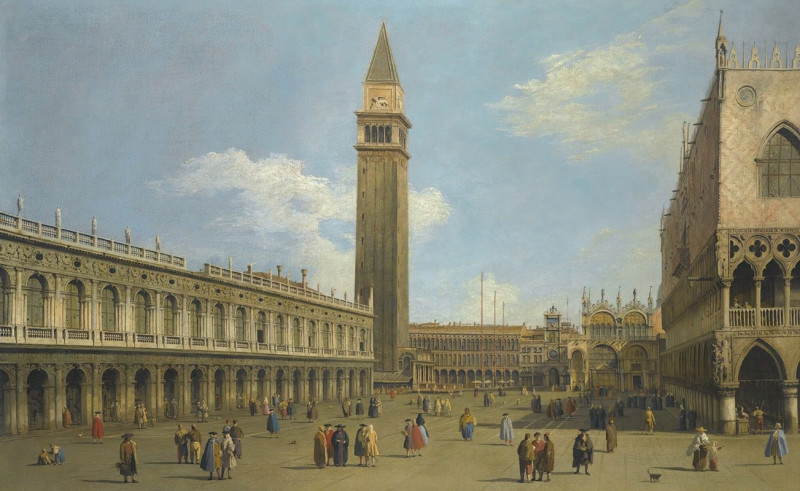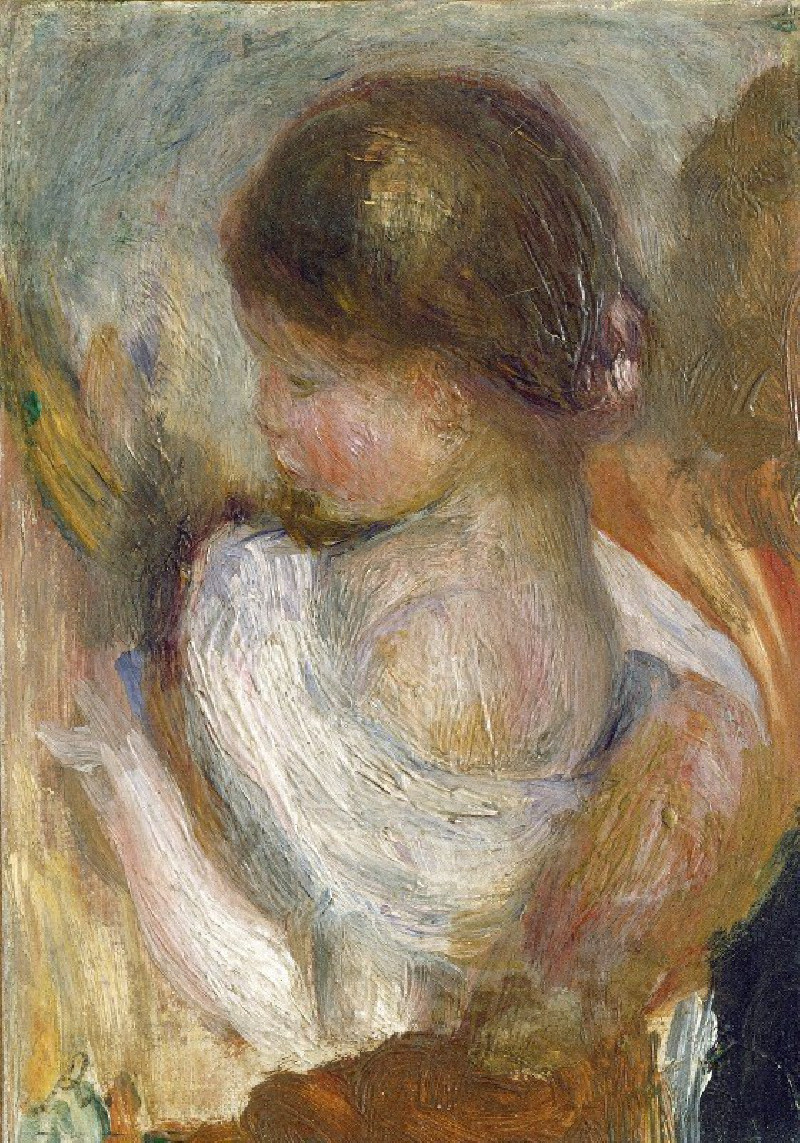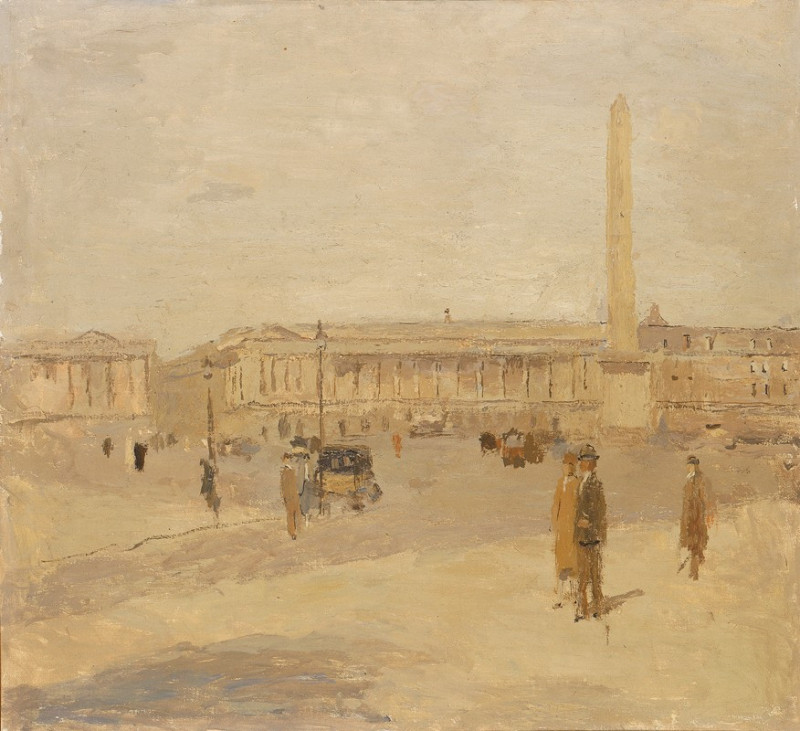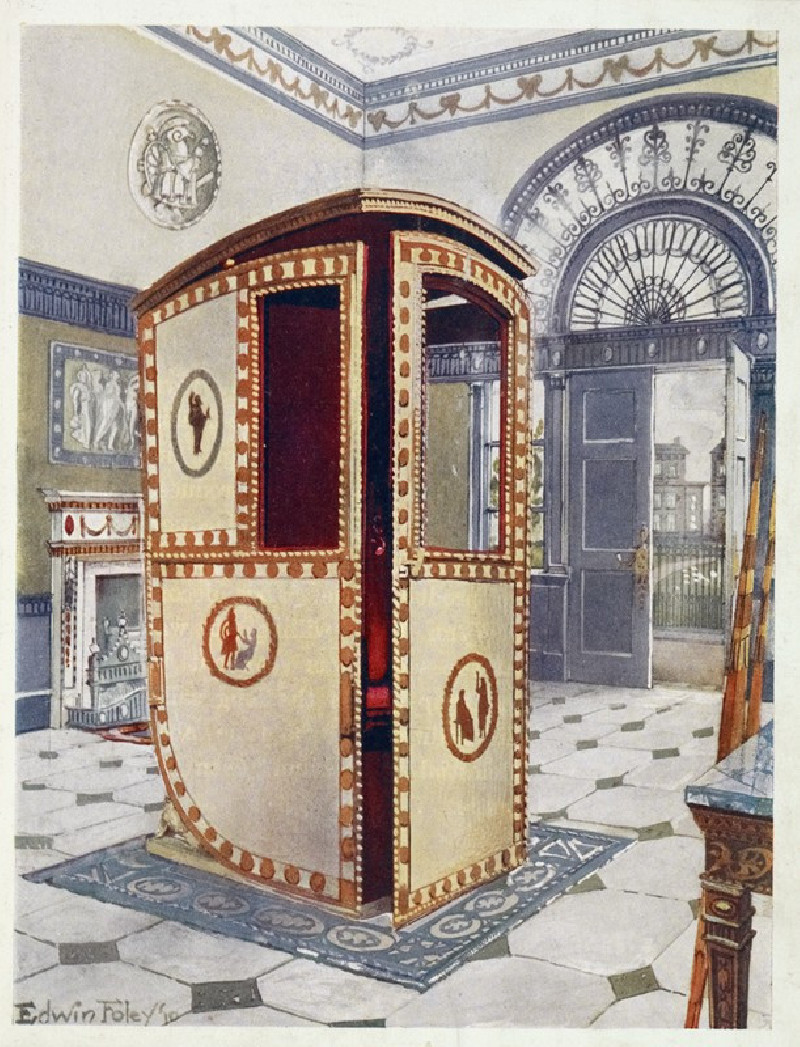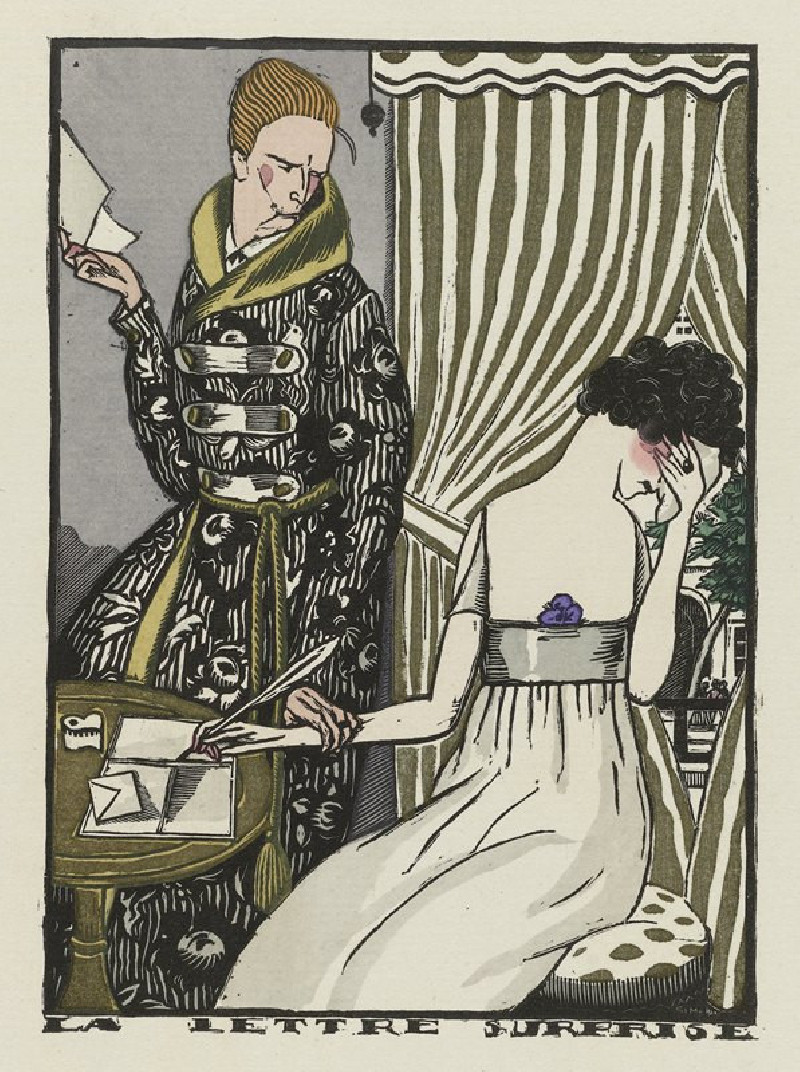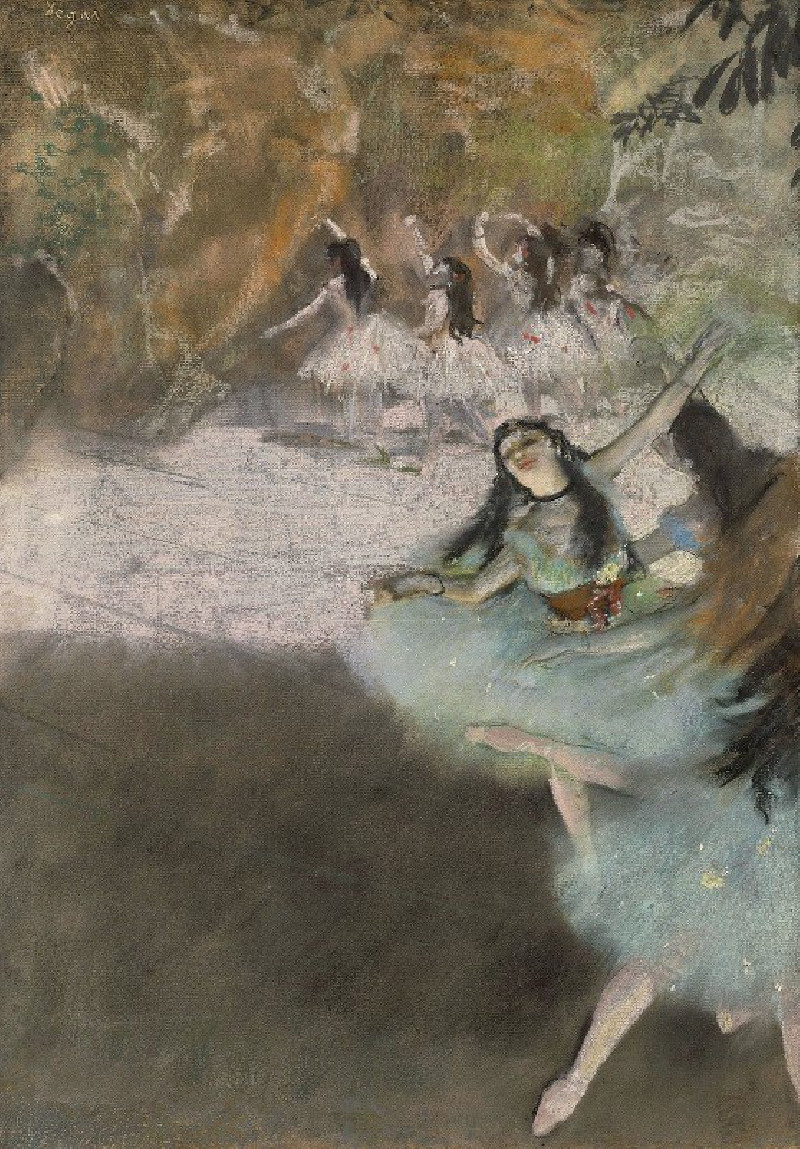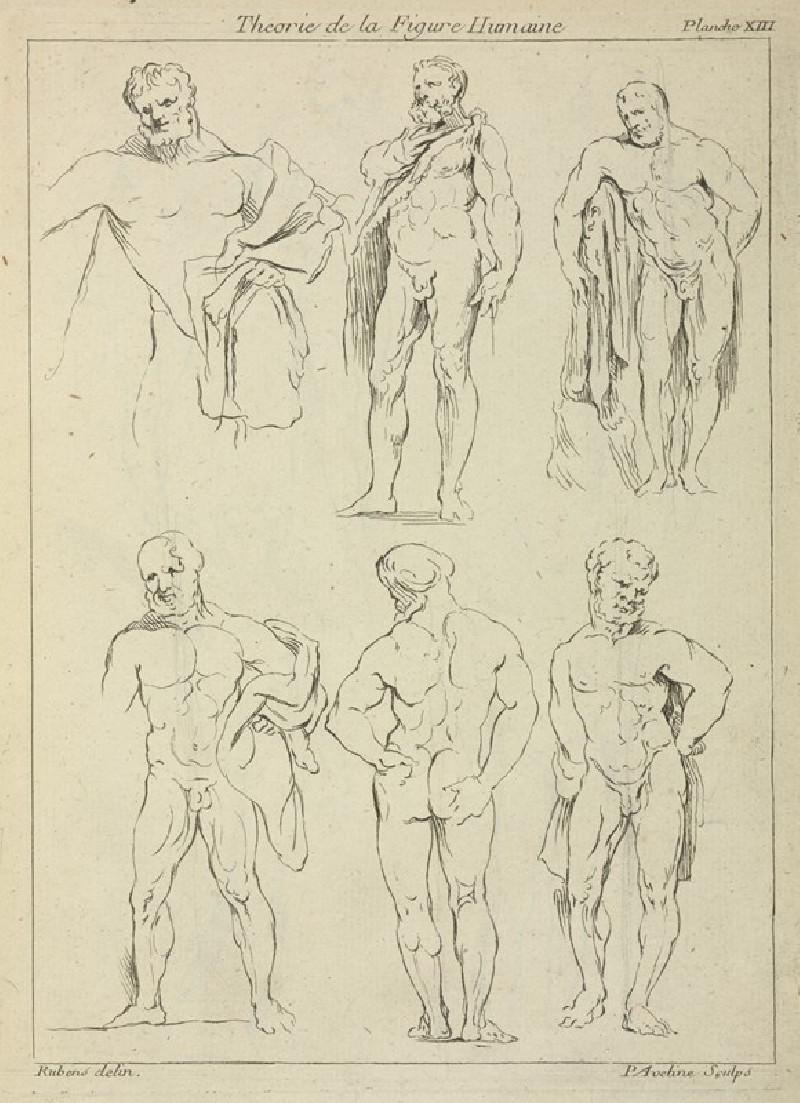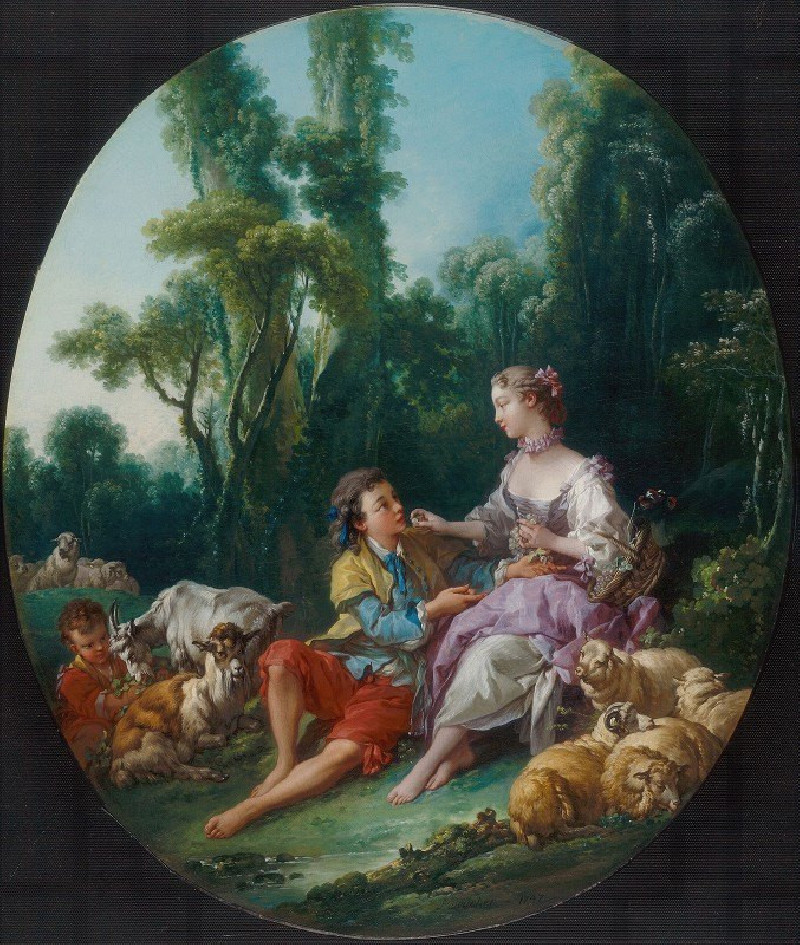Head of a Woman (1909)
Technique: Giclée quality print
Recommended by our customers
More about this artwork
Welcome to our exhibit featuring the captivating painting "Head of a Woman" (1909) by German Expressionist artist Ernst Ludwig Kirchner. This vibrant piece embodies the emotional intensity and bold color palette characteristic of Kirchner's early 20th century work.In "Head of a Woman," Kirchner uses vivid, almost jarring colors to depict the portrait of a woman. Her face is rendered with quick, expressive strokes, highlighting her striking features with heavy outlines in black. The use of bright oranges and reds alongside cooler blues across the background and the figure's clothing adds a dynamic contrast that is both eye-catching and psychologically intense.This painting exemplifies Kirchner's exploration of human emotion and expression. The bold use of color and abstracted form conveys not just the physical appearance of the woman, but also a deeper, introspective view into her persona. The stark contrasts and the slightly disoriented proportions suggest an underlying emotional turmoil or intensity, possibly reflective of the broader anxieties of modern life during Kirchner's time.Visitors are encouraged to ponder the emotive use of color and form in this work, which is not just a simple portrait but a profound commentary on the human condition.
Delivery
Returns
Ernst Ludwig Kirchner (1880–1938) was one of the most important German Expressionist painters. He was a co-founder of Die Brücke, a group of German expressionist artists formed in Dresden in 1905. Die Brücke and Kirchner took inspiration from Vincent Van Gogh and Edvard Munch, as well as African and Oceanic art. They used woodblock printing as a medium to showcase their signature style: flat, unrealistic images with vivid colors. The recurring themes in Kirchner's artworks included exotic cultures, faraway landscapes, self-portraits, dancers and Berlin street life. His paintings and prints effectively portrayed non-European cultures despite the fact that he never traveled outside of Europe.

